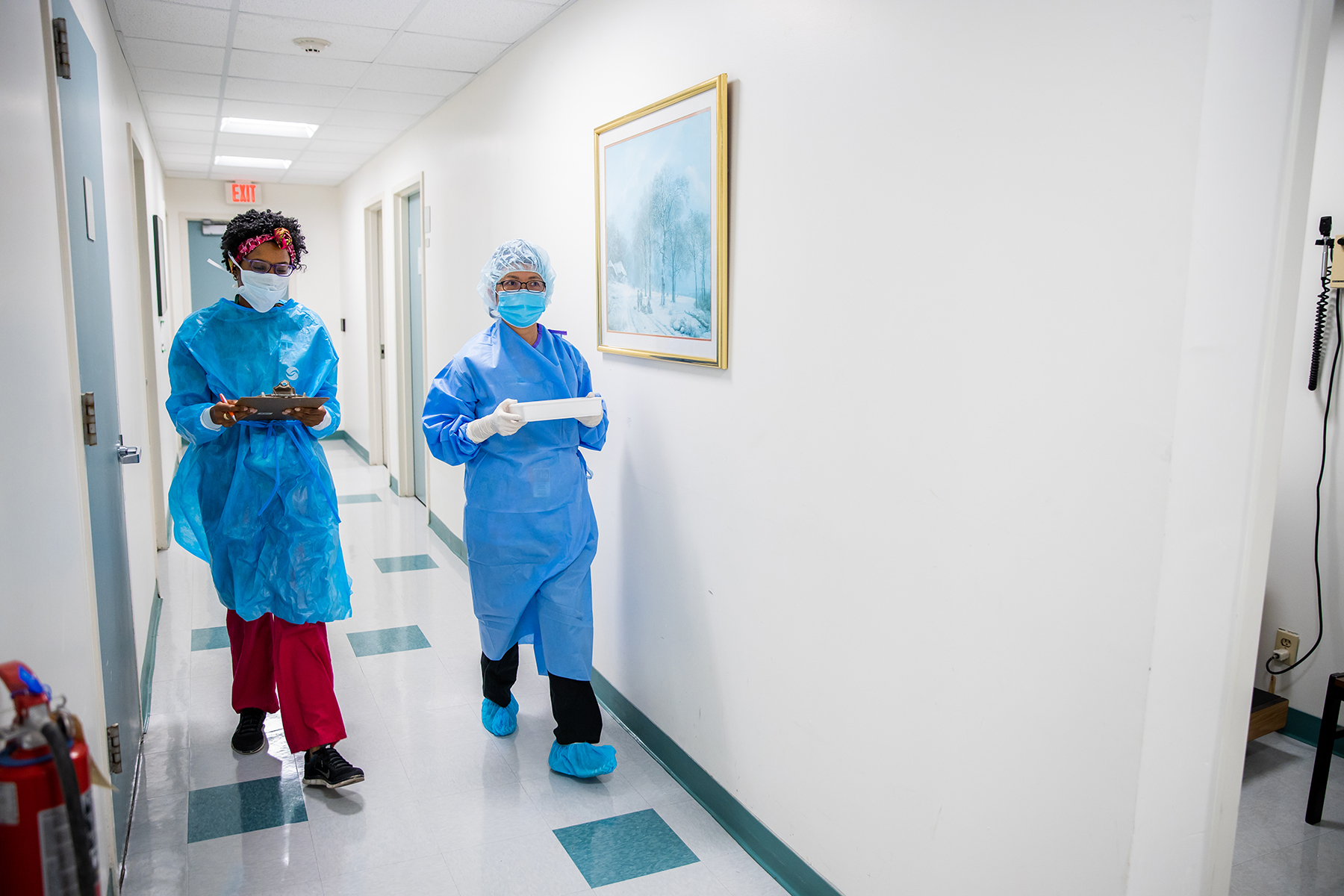Increasing Access to Cancer Clinical Trials


Clinical trials offer the newest treatments available for a disease. So why would only a tiny percentage of cancer patients enroll in them?
It turns out that it’s less about patients’ worries, and much more about lack of access and/or eligibility.
The barriers to clinical trial enrollment
According to new research published in the March 2019 edition of the Journal of the National Cancer Institute (JNCI), many patients want to enroll in clinical trial treatment options. The trouble is availability – in almost 56 percent of cases, a patient’s treatment center does not offer one for their exact cancer type and stage. Even when a trial is available locally, an additional 21 percent of patients are deemed ineligible based on typically strict criteria.
Another challenge brought out by the analysis is the need for collaboration, discussion, and communication with community physicians and oncologists.
“This paper looked at data from 13 previous studies,” says Dr. Jonathan Trent, a medical oncologist and the associate director for clinical research at Sylvester Comprehensive Cancer Center, part of the University of Miami Health System. “Factors such as potential impact on clinic time, reimbursement and a physician’s preference for one treatment over another had a negative influence on clinical trial enrollment. When offered the choice, however, more than half of patients picked a clinical trial treatment option.”
Using data to increase precision medicine
A patient’s eligibility for a clinical trial is driven by the exact type and stage of a particular cancer. It would be impossible for a single cancer center to offer all available trials. But thanks to advances in electronic health records and data collection, centers are doing a better job matching studies to their patients.
“If we routinely see patients with a certain genetic mutation, we look for trials active against that mutation and try to make those studies available,” says Dr. Trent. “The same goes for geographic location. If we see that one of our locations sees more patients with a particular cancer than our other locations, we would ensure clinical trials are available for that condition in that location.”
Data tables at Sylvester are also reviewed monthly to see if any cancers or variations of cancers might be on the rise, says Dr. Trent. It allows pre-planning to scale up a particular set of studies and new treatment offerings.
Correcting the “guinea pig” perception
Some people believe that clinical trials offer experimental – and substandard – care. Nothing could be further from the truth, says Dr. Trent.
“Patients in both arms of a randomized clinical trial receive the very best care available,” he says. “Some of the patients will receive the current best standard of care. Patients in the other arm of the study will receive the new therapy or drug that scientific data shows is potentially better than the standard of care. Neither patient will receive a less effective treatment than normally provided outside of a clinical trial.”
Nationally, the overall goal is to enroll approximately 15 percent of all eligible patients in clinical trials. With participation rates in some disease sites up to 50 percent, Sylvester exceeds the National Cancer Institute clinical trial participation goals in many cases.
Better collaboration, better outcomes
One of the most important ways that the right clinical trial can get to the right patient at the right time is through close partnership with primary care physicians and community oncologists. According to Dr. Trent, routine education is crucial for both patients and the medical experts who serve them.
The team at Sylvester even created a smartphone app to help achieve this goal. The app shares the trials available at a given moment in an easy to use way. Community physicians and oncologists can search the needed criteria, such as disease, stage, phase and more to find out if a clinical research study is available.
“Our end goal nationwide is to always improve,” he says. “The pediatric cancer community has done an excellent job working together over the years. It is a smaller community and there are fewer patients, which helped that to take place successfully. We are determined to create new best practices in clinical trial awareness, recruitment and enrollment.”
Your oncologist can help decide if a clinical trial might be right for your particular cancer and stage of disease. Read more about clinical trials today or call 305-243-2647.
John Senall is a contributing writer for UMiami Health News. He is a former hospital and comprehensive cancer center communications director.
Tags: Dr. Jonathan Trent, oncology, pediatric cancer, Phase 1 clinical trials, Sylvester Comprehensive Cancer Center
